Integrated CBT Treatment Techniques for Depression, Suicidal Ideations, & Other Co-Morbid Conditions by David M. Pratt
$219.99 $62.00
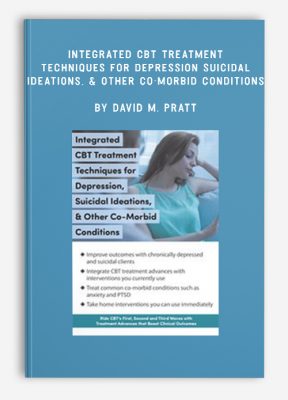
Integrated CBT Treatment Techniques for Depression, Suicidal Ideations, & Other Co-Morbid Conditions by David M. Pratt
**More information:
Get Integrated CBT Treatment Techniques for Depression, Suicidal Ideations, & Other Co-Morbid Conditions at Salaedu.com
Description
Enhance Your Skills and Improve Outcomes with Depressed and Suicidal Clients
The ongoing treatment of the depressed and suicidal client is an enormous clinical challenge. Clinicians often state that they feel well-trained in assessing and intervening when their clients initially have suicidal ideations, but feel at a loss when the client returns for treatment, still depressed, and possibly still suicidal.
Dr. David Pratt has worked with this challenging population for over 35 years and brings his expertise to share practical CBT techniques for clinicians to use with their depressed and suicidal clients. He will help you integrate “Third Wave” CBT Therapies such as Mindfulness-Based Cognitive Therapy (MBCT) and Acceptance and Commitment Therapy (ACT) with “First and Second Wave” CBT therapies you may already be using. In addition, he will share practical interventions you can use for on-going depression and suicidal ideation, as well as evidence-based treatments for other common co-morbid conditions such as anxiety disorders and PTSD.
“FIRST AND SECOND WAVE” APPROACHES
- Foundations of CBT
- “First Wave” therapies
- “Second Wave” therapies
“FIRST AND SECOND WAVE” CBT TECHNIQUES FOR THE DEPRESSED AND SUICIDAL CLIENT
- Education: The CBT Model and depression
- Mood Monitoring: Developing self-awareness
- Behavioral Activation: Getting active again
- Cognitive Restructuring: Healthy thinking
- Problem Solving: Overcoming “Learned Helplessness”
- Social Skills Training: Essential social skills for relationship development
- Wellness and Depression: Developing a healthy life style to overcome depression
- Using CBT Skills for suicide prevention and safety planning
“THIRD WAVE” ADVANCES IN CBT FOR THE TREATMENT OF DEPRESSION AND SUICIDE PREVENTION
- Mindfulness-Based Cognitive Therapy (MBCT): Mindfulness vs. Meditation
- Teaching Mindfulness Skills: Multi-sensory applications
- Acceptance and Commitment Therapy (ACT): The dialectic of acceptance vs. change
- Mindfulness self-monitoring: Enhanced self-awareness
- Mindfulness and Acceptance: Developing tolerance for distressful experiences
- Acceptance vs. Change: Identifying and committing to personal values
EVIDENCE-BASED TREATMENTS FOR COMMON CO-MORBID CONDITIONS
- Anxiety Disorders and Exposure Therapy
- PTSD and “Prolonged Exposure”
INTEGRATING TREATMENT OF DEPRESSION AND CO-MORBID CONDITIONS WITH THE COMPLICATED CLIENT
- Evaluation and case conceptualization
- Prioritizing treatment
- Treatment phases and juxtaposing interventions
- Enhanced skills-based suicide prevention and safety planning
More information about Medical:
Medicine is the science and practice of establishing the diagnosis, prognosis, treatment, and prevention of disease.
Medicine encompasses a variety of health care practices evolved to maintain and restore health by the prevention and treatment of illness.
Contemporary medicine applies biomedical sciences, biomedical research, genetics, and medical technology to diagnose, treat, and prevent injury and disease,
typically through pharmaceuticals or surgery, but also through therapies as diverse as psychotherapy, external splints and traction, medical devices, biologics, and ionizing radiation, amongst others.
Medicine has been around for thousands of years, during most of which it was an art (an area of skill and knowledge) frequently having connections to the religious and
philosophical beliefs of local culture. For example, a medicine man would apply herbs and say prayers for healing, or an ancient philosopher and physician would apply bloodletting according to the theories of humorism.
In recent centuries, since the advent of modern science, most medicine has become a combination of art and science (both basic and applied, under the umbrella of medical science).
While stitching technique for sutures is an art learned through practice, the knowledge of what happens at the cellular and molecular level in the tissues being stitched arises through science.
1 review for Integrated CBT Treatment Techniques for Depression, Suicidal Ideations, & Other Co-Morbid Conditions by David M. Pratt
Add a review Cancel reply
Related products
HEALTH - FITNESS - LIFESTYLE - MEDICAL
HEALTH - FITNESS - LIFESTYLE - MEDICAL
HEALTH - FITNESS - LIFESTYLE - MEDICAL
HEALTH - FITNESS - LIFESTYLE - MEDICAL
HEALTH - FITNESS - LIFESTYLE - MEDICAL
HEALTH - FITNESS - LIFESTYLE - MEDICAL
HEALTH - FITNESS - LIFESTYLE - MEDICAL
Complete Certified Professional Coach Online Course from Berry Fowler
HEALTH - FITNESS - LIFESTYLE - MEDICAL

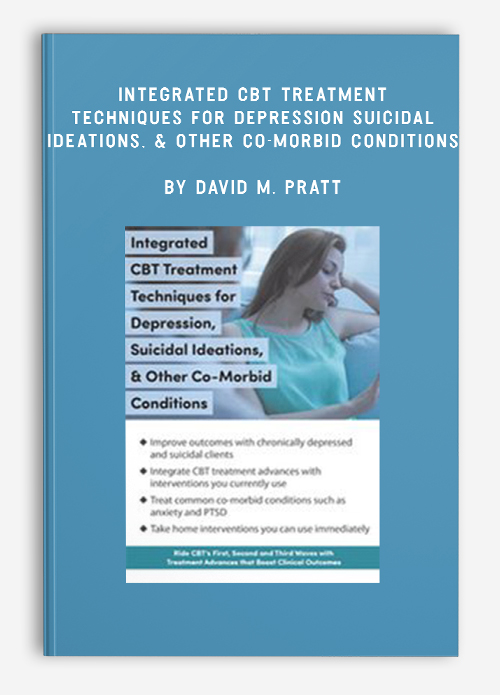
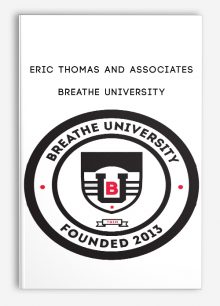

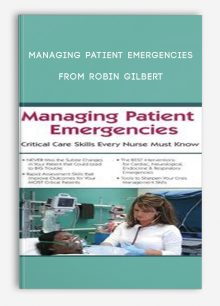
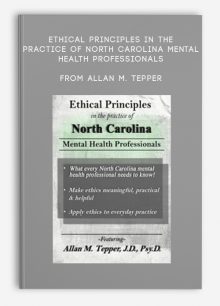




Trevis Trevis –
This is one of the most beautiful website and you can check the reviews of my website here: https://salaedu.com/clients-proof-and-reviews/